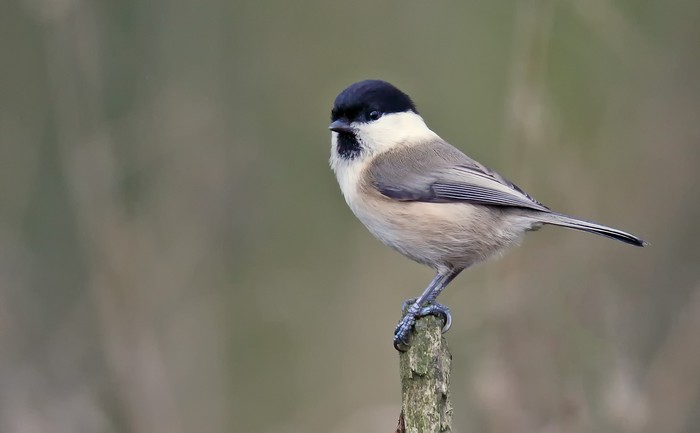The Last Chance for the Willow Tit?
Hand-rearing Blue Tits is more than a trial - it could be the only way to safeguard the Willow Tit’s future, according to the WWT.

Britain’s fastest-declining resident bird
The Willow Tit is vanishing at an astonishing rate, with an estimated 94% decline in the UK since 1970. Now, the Wildfowl & Wetlands Trust (WWT) is spearheading a groundbreaking initiative to halt - and potentially reverse - this catastrophic fall. Their new trial, the first of its kind in the UK, marks a bold step toward restoring one of Britain's most threatened woodland birds.
Favouring damp scrub and wet woodlands, the Willow Tit has suffered widespread habitat loss, competition from more dominant species, and predation pressures. Unlike its relatives, it rarely uses nest boxes, making it more difficult to conserve through conventional means.
Hand-rearing trials using Blue Tits
To prepare for future conservation breeding of Willow Tits, WWT has begun trialling hand-rearing techniques using the more common Blue Tit. With a licence from Natural England, WWT aviculturists collected Blue Tit eggs from nest boxes, incubated them, and raised the chicks in specialist facilities at Slimbridge.
All nine birds were successfully reared and released into the wild in June 2025. The team carefully monitored the chicks’ development, feeding them every 20 minutes from 6am to 10pm and encouraging natural behaviours to maximise their chances of survival post-release.
Foundations for future Willow Tit recovery
The Blue Tit rearing trial is a vital first step in learning how to replicate these methods for Willow Tits, which are more sensitive and require wet woodland conditions to breed successfully. William Costa, the project’s lead aviculturist, described the trial as "a powerful step forward" and stressed that saving the species will also depend on restoring the complex habitats it relies on.
Although WWT does not currently have Willow Tits in captivity, it is building the expertise and infrastructure required to support captive breeding and potential translocation in future years. In parallel, WWT reserves such as Washington and Llanelli are enhancing their wet woodland habitats in anticipation of any future releases.
Monitoring the few survivors
At WWT Washington, a single pair of Willow Tits was confirmed breeding in 2023, with sightings also reported near WWT Martin Mere. As part of a broader conservation push, WWT has partnered with Newcastle University and the British Trust for Ornithology to launch a colour-ringing scheme and citizen science programme.
These efforts aim to identify where Willow Tits still persist, how they are using available habitat, and what threats they face. Trail cameras have revealed nest competition from Great Spotted Woodpeckers and Blue Tits, alongside predation pressure.
Predator-proof nest boxes and future reintroductions
To improve nesting success, WWT has developed predator-proof nest boxes tailored specifically for Willow Tits. More than 60 have now been deployed across known strongholds in the North East, South Wales, and Cornwall.
Ultimately, WWT hopes to trial the release of Willow Tits into restored wet woodland habitats, potentially using beaver-created landscapes to maximise long-term ecological benefits. Translocation may also be considered, despite the species' known reluctance to disperse far from its natal site.
Combining science, strategy, and community
While this ambitious project is still in its early stages, it represents one of the most comprehensive and proactive efforts to save the Willow Tit in the UK. By combining habitat restoration, breeding trials, community engagement, and detailed monitoring, WWT aims to develop a model for reversing one of Britain’s most severe bird declines.
As Costa put it, “Where there is water, there is hope.” The future of the Willow Tit may still hang in the balance - but for the first time in decades, its prospects are improving.
July 2025
Share this story







